Faculty Research Interests
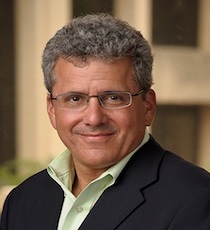
John Abrams, Ph.D.
Our lab applies genetic systems to explore how pivotal tumor suppressors function to control stem cell biology.
Lab website
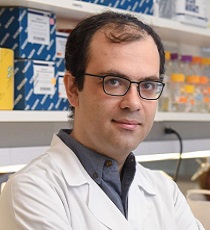
Michalis Agathocleous, Ph.D.
We study how metabolites regulate hematopoietic stem cell function, and how the metabolism of cancer cells compares to the metabolism of the normal stem cells that give rise to cancers. We are using a combination of mouse genetics, metabolomics, and stem cell biology approaches to investigate the function of metabolic pathways in stem cells and cancers in vivo.
Lab website
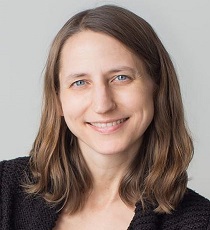
Laura Banaszynski, Ph.D.
Our long-term goal is to determine how chromatin influences developmental cell-fate decisions. We take the view that chromatin acts as both a platform for the integration of signaling information received from local cellular environments, as well as a regulator of gene expression changes required for cellular response to those signals. We use a combination of molecular biology, biochemistry, and genomics to study these questions in the context of preimplantation development, embryonic and adult stem cell biology, and cancer.
Lab website
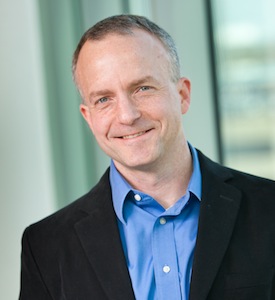
Michael Buszczak, Ph.D.
We seek to understand how mRNA translation and chromatin organization help to maintain the balance between stem cell self-renewal and differentiation in vivo.
Lab website
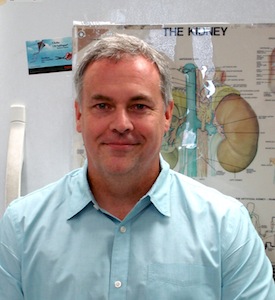
Thomas Carroll, Ph.D.
The Carroll lab is interested in the mechanisms underlying stem cell renewal and differentiation in the kidney. Much of our research focuses on how the ultimate fate of progenitor cells is affected by their microenvironment.
Lab website
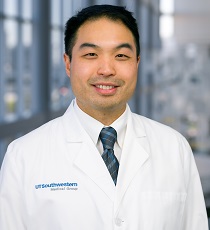
Isaac Chan, M.D., Ph.D.
Cancer has been described as a wound that does not heal. When cancer cells spread from the primary tumor to another organ, it causes injury to the distant site. Our lab seeks to understand how a failure of regenerative signaling among immune cells, barrier epithelium, and cancer cells in distant organs lead to the spread and outgrowth of metastatic cancer.
Lab website
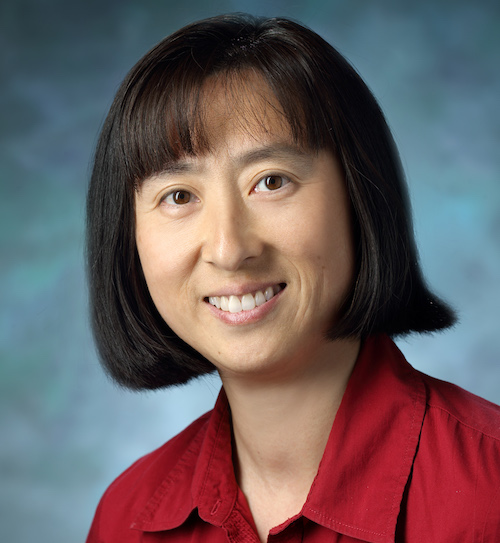
Elizabeth Chen, Ph.D.
My laboratory is interested in discovering the overarching principles of cell-cell fusion in development and regeneration. We use genetics, biochemistry, cell biology, and biophysics to understand the functions of genes required for cell-cell fusion in organisms ranging from insects to mammals. We aim to achieve a mechanistic understanding of cell-cell fusion and eventually modulate this process in stem cell-based therapy for muscle degenerative diseases.
Lab website
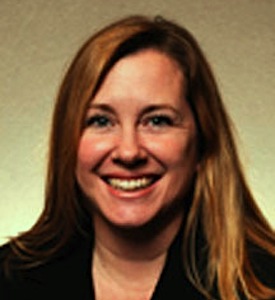
Ondine Cleaver, Ph.D.
Our lab aims to elucidate the molecular events required for cells to proliferate and take on their specialized functions within tissues such as the pancreas and blood vessels. Understanding these principles will help us to characterize genes that may be required to reactivate these processes during tissue regeneration, as well as to identify molecular lesions that underlie human birth defects and disease.
Lab website
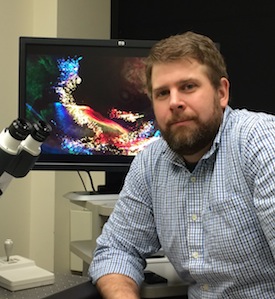
Jim Collins, Ph.D.
Schistosomes are parasitic flatworms that cause significant disease and disability in more than 200 million of the world’s poorest people. Using a variety of functional genomic approaches we seek to understand fundamental aspects of schistosome biology, including the biology of somatic and reproductive stem cells.
Lab website
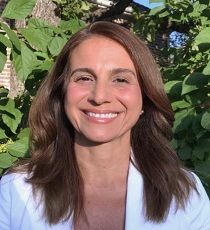
Maralice Conacci-Sorrell, Ph.D.
Our lab employs mouse models, metabolomics, and molecular biology approaches to study transcriptional networks that control cellular fitness during embryonic development and cancer.
Lab website
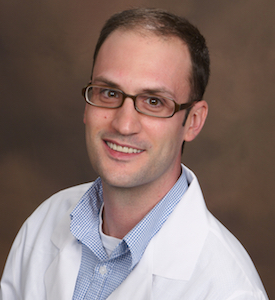
Michael Dellinger, Ph.D.
Gorham-Stout Syndrome is a rare disease characterized by the presence of lymphatic vessels in bone and by the disappearance of affected bones. The Dellinger lab is investigating the molecular mechanisms driving the degeneration of bone in Gorham-Stout Syndrome and is working toward identifying therapies to promote the regeneration of bone in this disease. The Dellinger lab is also investigating approaches to promote the repair of damaged lymphatic vessels as a way to treat lymphedema, a common complication in cancer survivors.
Lab website
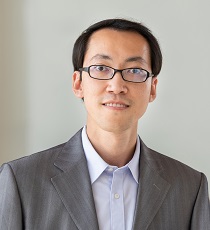
Yichen Ding, Ph.D.
The long-term goal of our research is to advance experimental paradigms for understanding the remodeling process in response to cardiac injury. Our approach integrates high spatiotemporal resolution imaging systems with computational, biomechanical, and biochemical methodologies, allowing for a holistic strategy to assess aberrant cardiac structure and function. Dr. Ding is an Assistant Professor of Bioengineering at the University of Texas at Dallas.
Lab website
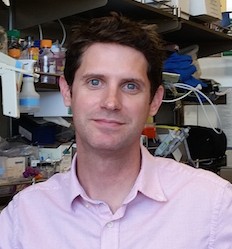
Peter Douglas, Ph.D.
Our laboratory is interested in understanding how tissues such as the nervous system respond to traumatic injury. Using high-throughput screening in the nematode C. elegans in combination with murine models, we seek to uncover the short and long-term regenerative capacity for stress response and protein homeostasis pathways in brain injury.
Lab website

Glynnis Gary, M.D., Ph.D.
As a physician-scientist, Dr. Garry’s research interests are focused on discovery of therapies for heart failure and myocardial infarction. Her NIH-funded laboratory focuses on the transcriptional and epigenetic control of heart development and cardiac cell fate differentiation, with a focus on direct fibroblast to cardiomyocyte reprogramming.
Website
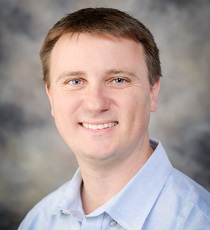
Steven Gray, Ph.D.
My lab focuses on AAV vector development tailored to serve specific clinical and research applications involving the nervous system. We develop novel AAV capsids amenable to widespread CNS gene transfer.
Lab website
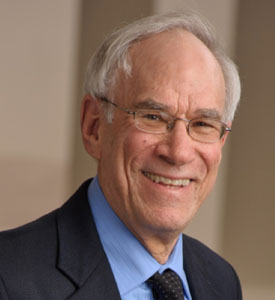
Fred Grinnell, Ph.D.
Research in my laboratory focuses on the biomechanics of connective tissue repair and the pathobiological features that influence healing of human burn and chronic skin wounds. My studies concern not only the research itself, but also the nature of scientific practice underlying research and the bioethical challenges of carrying out research with humans.
Lab website
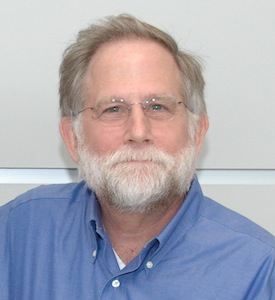
Robert Hammer, Ph.D.
We are involved in mouse embryonic stem cell biology and genetic manipulation of the rodent genome.
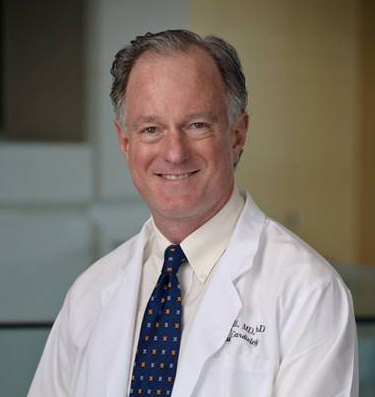
Joseph Hill, M.D., Ph.D.
Dr. Hill’s research group strives to decipher mechanisms of structural, functional, and electrical remodeling in heart disease with an eye toward therapeutic intervention. Our work is disease-oriented, focusing on load-induced ventricular hypertrophy, ischemia/reperfusion injury, and diabetic cardiomyopathy. Specific areas of emphasis include HDAC-dependent control of cardiac plasticity, cardiomyocyte autophagy, metabolism, and FoxO-driven transcriptional events.
Lab website
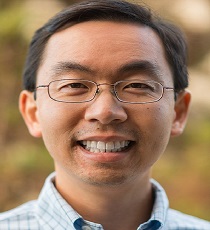
Gary Hon, Ph.D.
We are fascinated by the complexity of gene regulation in mammalian cells, and we seek to understand and control this complexity for therapeutic genome engineering. By integrating tools at the interface of genomics, bioinformatics, and biotechnology, we are developing new approaches for high-throughput and systematic cellular engineering.
Lab website
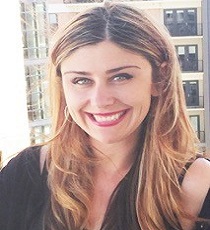
Jenna Jewell, Ph.D.
The Jewell laboratory investigates the molecular mechanisms by which cells sense nutrients, such as amino acids, through the mammalian target of rapamycin complex 1 (mTORC1). We are interested in understanding how nutrients regulate mTORC1 signaling in cancer and metabolic diseases, as well as stem cell function.
Lab website
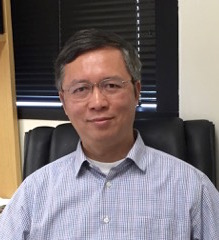
Jin Jiang, Ph.D.
The Jiang lab studies cell signaling mechanisms that control embryonic development and adult tissue homeostasis. We are particularly interested in Hedgehog, Hippo, and BMP signaling pathways and their roles in the regulation of intestinal stem cell activity during tissue homeostasis and regeneration.
Lab website
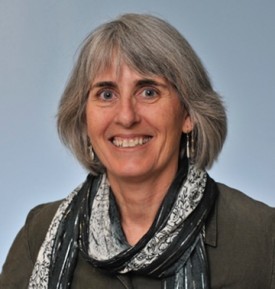
Jane Johnson, Ph.D.
The Johnson Lab focuses on the function of neural specific transcription factors to probe mechanisms that control the balance of neural progenitor cell maintenance and differentiation, and the generation of neuronal diversity, particularly in the spinal cord. Her group also uses the same factors to study the generation of neural cancers such as glioblastoma and neuroendocrine lung carcinoma.
Lab website
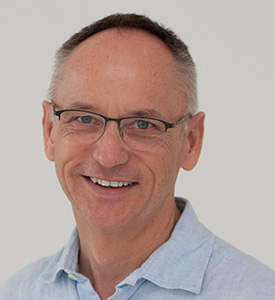
Helmut Krämer, Ph.D.
Our lab uses genetic and cell biological approaches in Drosophila to analyze the molecular pathways that regulate cellular stress responses. We are especially interested in autophagy and the unfolded protein response, their regulation in developing tissues, and their roles in maintaining neuronal health.
Lab Website
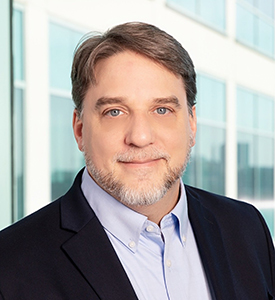
Lee Kraus, Ph.D.
Our research program explores the molecular mechanisms controlling fundamental cellular processes and their role in driving broader biological outcomes in reproduction, development, and disease. Our focus is on two distinct, but related, nuclear signaling pathways controlled by estrogens and NAD+. We use an interdisciplinary approach to explore the connections among metabolism, hormone-regulated gene expression, and the gene-regulating effects of chromatin. We have made major contributions in the broad areas of nuclear receptors, poly(ADP-ribose) polymerases (PARPs) and ADP-ribosylation, chromatin structure and function, and gene regulation.
Lab Website

Vivian Lee, Ph.D.
Our research leverages human genetics to uncover novel pathways driving cardiovascular development and disease. We focus on the genetic regulation of adaptor proteins in endothelial cells and monocytes, cell-cell and cell-extracellular matrix interactions in coronary artery disease, and the spatiotemporal function of these proteins using innovative mouse models. These studies aim to identify new pathways for therapeutic interventions.
Lab Website
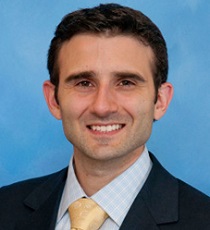
Benjamin Levi, M.D.
We study how tissue resident mesenchymal precursor cells respond to injury and undergo fate change as a response to the inflammatory response. We are interested in the interaction between immune cells, the extracellular matrix and tissue resident mesenchymal cells. Using single cell technologies and lineage specific deletion models, we seek to identify central pathways and translate these findings by identifying druggable targets.
Lab website

Ning Liu, Ph.D.
We are interested in the mechanism of heart repair and regeneration after myocardial injury. We study the functions of a unique population of cardiac progenitor cells in cardiac regeneration under normal and diseased conditions. Understanding the mechanisms of cardiac regeneration is an essential step toward improving the regenerative capacity of the adult heart.
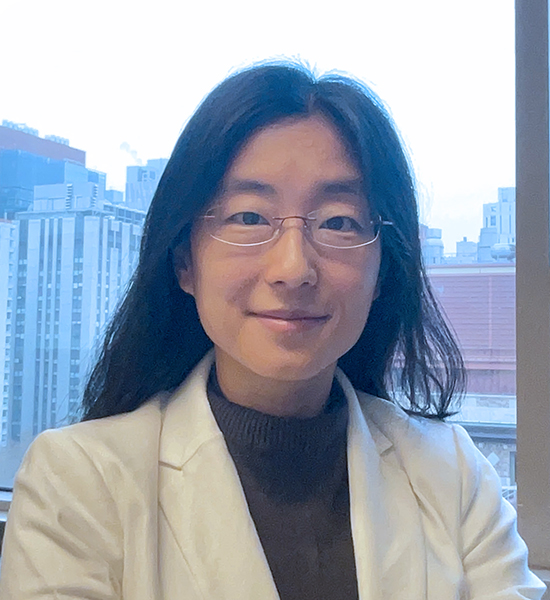
Siqi Liu, Ph.D.
The Liu lab is broadly interested in how epithelial tissues sense and respond to injury. Similar to pathogen infection, tissue injury is an ancient and universal insult that disrupts homeostasis. Prompt sensing and repair of the injury is essential for organismal health and survival. Our lab will combine biochemistry and mouse genetics to understand epithelial tissue repair and regeneration through in-depth probing of molecular & cellular mechanisms, to better understand the associated pathologies such as infection and cancer.
Lab website
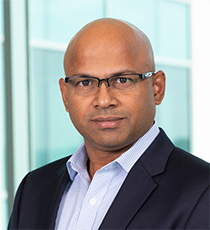
Srinivas Malladi, Ph.D.
Our research focuses on understanding the biology of metastatic latency and relapse, with specific emphasis on identifying traits associated with latent metastasis initiating cells and the host microenvironment. To achieve this, we develop and study preclinical metastasis models. Our ultimate goal is to leverage this knowledge to develop effective therapeutic strategies that can eliminate disseminated tumor cells and improve patient outcomes.
Lab website
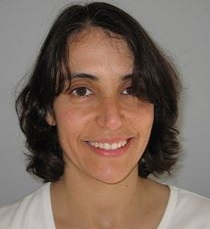
Denise Marciano, M.D., Ph.D.
The Marciano lab is interested in elucidating how nephron progenitor cells transition to form epithelial tubules in the developing kidney. We are also studying how progenitor cells form the renal glomerulus, the filtration unit of the kidney. We are using both mouse genetics and cell biology to understand the functions of various proteins required for these processes.
Lab website

Kevin Mark, Ph.D.
The Mark Lab is interested in the posttranslational modification ubiquitin and how ubiquitin-mediated protein degradation controls gene expression during development and in disease. We use a multifaceted approach that includes biochemistry, cell biology and genetics to study the molecular basis of diseases such as cancer and neurodegeneration. Our goal is to apply our findings toward improving diagnostics and developing therapeutic agents to treat these ailments.
Lab website
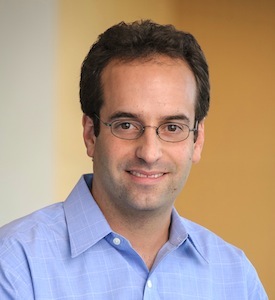
Joshua Mendell, M.D., Ph.D.
The Mendell laboratory investigates the regulation and functions of microRNAs and other noncoding RNAs in mammals. We are particularly interested in the roles of these transcripts in normal physiologic processes, including wound healing and tissue regeneration, and in diseases such as cancer.
Lab website
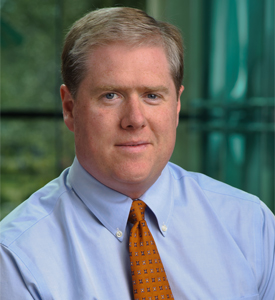
Sean Morrison, Ph.D.
My lab studies the mechanisms that regulate stem cell self-renewal in the hematopoietic and nervous systems and the ways in which those mechanisms are hijacked by developmentally related cancers to enable neoplastic proliferation.
Lab website
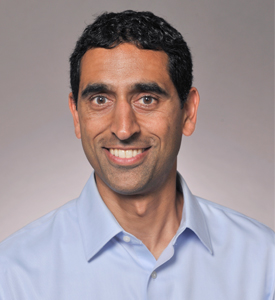
Nikhil Munshi, M.D., Ph.D.
Our lab seeks to understand the molecular mechanisms by which lineage commitment is achieved in the cardiac conduction system. We believe that such fundamental insight will guide future efforts to regenerate the conduction system and restore normal cardiac rhythm in patients suffering from arrhythmias.
Lab website
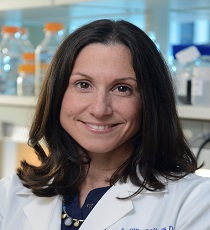
Kathryn O’Donnell, Ph.D.
The O’Donnell laboratory is focused on understanding the mechanisms that contribute to tumor initiation, progression, and metastasis. We have identified novel genes that promote liver cancer, leukemia, and non-small cell lung cancer. Currently, we are investigating the regulation and function of cell surface receptors in lung cancer using molecular and biochemical studies, and animal models. These studies may provide new therapeutic approaches to target cancer cells.
Lab website
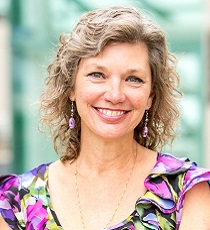
Kim Orth, Ph.D.
Dysregulation of the UPR is a major contributor in tissue degeneration and aging, thus identifying the mechanisms that regulate the UPR may lead to the development of new therapies for degenerative diseases. Our lab uncovered a unique mechanism by which a master regulator of the UPR is regulated by AMPylation and deAMPylation in response to ER stress. These activities have been implicated in tissue regeneration after chronic stress and our interest are to understand the role of AMPylation in degeneration/regeneration using various animal models.
Lab website

Duojia (DJ) Pan, Ph.D.
The Pan laboratory uses Drosophila and mice as model systems to elucidate the general mechanisms underlying organ size control in animals and the way these mechanisms regulate tissue homeostasis in normal and pathological conditions.
Lab website
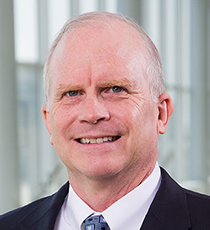
Matthew Petroll, Ph.D.
The Petroll lab studies the mechanisms regulating corneal stromal tissue repair, remodeling and regeneration during wound healing, through the development and application of high resolution imaging techniques both in vivo and in situ. We also study corneal cell differentiation, patterning and mechanical behavior in response to specific biochemical and biophysical cues, using a variety of in vitro 3-D model systems and bioengineered substrates.
Lab website
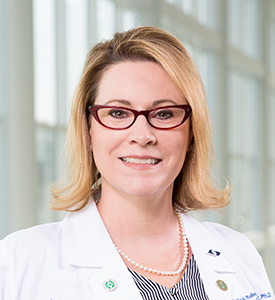
Danielle Robertson, O.D., Ph.D.
Our lab studies mitochondrial and metabolic homeostasis in the corneal epithelium and how dysregulation leads to impaired wound healing and sight threatening corneal disease.
Lab website
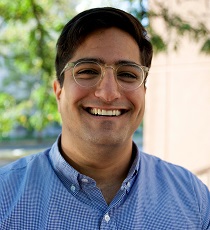
Ben Sabari, Ph.D.
Our primary goal is to understand how the billions of molecules within the nucleus are organized into condensates to carry out gene activation in normal and diseased cell states. We study how nuclear condensates form at specific genomic loci, how they function once formed, and how they are misappropriated in disease. We are particularly interested in the roles of protein disorder, regulatory DNA element clustering, and non-coding RNA in nuclear condensate formation and function.
Lab website
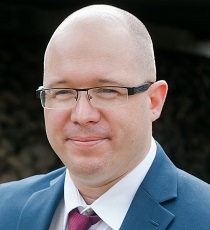
Matthew Sieber, Ph.D.
My lab uses a multisystem approach to study the metabolic basis for development and disease. Our research focuses on three main questions: 1) Defining the metabolic mechanisms that underlie cellular quiescence and reactivation. 2) Examining how dynamic changes in the mitochondrial metabolism support growth and differentiation. 3) Examining how changes in metabolism and dietary nutrients influence the regulation of conserved pathways that control development and disease progression.
Lab website
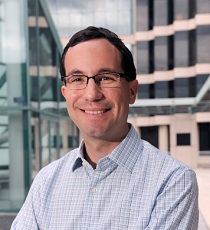
Daniel Siegwart, Ph.D.
The Siegwart Lab designs and develops controlled delivery systems, including lipid nanoparticles (LNPs), that mediate effective delivery of genetic drugs. We have focused on hepatic and extrahepatic delivery for organ and cell specific gene delivery, gene silencing, protein delivery and gene editing. Developed LNPs have been utilized in applications of genetic diseases and cancers for therapy, detection, modeling and regeneration.
Lab website
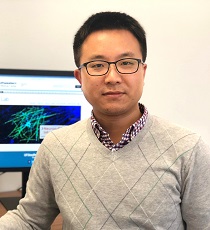
Lu Sun, Ph.D.
We study the most numerous but mysterious cells in the brain, called “glial cells”. We aim to identify the fundamental principles governing glial development and neuron-glial interactions in health and disease. This will help us better characterize many neurological disorders that are greatly contributed by glial dysfunction, including white matter injury, multiple sclerosis, brain tumors, and Alzheimer’s disease.
Lab website
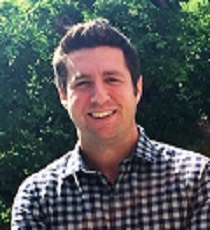
Vincent Tagliabracci, Ph.D.
The Tagliabracci Lab uses bioinformatics, biochemistry and structural biology to study an important family of enzymes known as protein kinases. These enzymes play critical roles during tissue regeneration in response to injury or disease. Protein kinases are an important group of drug targets and understanding how these enzymes function at the molecular level can lead to treatments for tissue regeneration and other human diseases.
Lab website
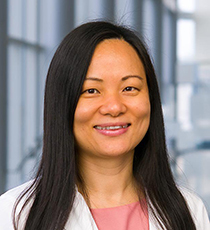
Dan (Amanda) Tong, M.D., Ph.D.
My lab studies the cellular and molecular mechanisms of cardiovascular diseases associated with systemic metabolic disorders, particularly heart failure with preserved ejection fraction (HFpEF) and atrial fibrillation (AF), with an eye toward translating these findings into innovative solutions to clinical problems.
Lab Website
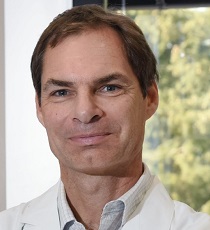
Nicolai van Oers, Ph.D.
We are interested in understanding the molecular mechanisms that regulate the development of the thymus under normal and disease states. One human disorder that results in a hypoplasia of the thymus is 22q11.2 deletion syndrome. We are using mouse models of this order along with thymic tissues from patients with the goal of regenerating normal thymic tissue functions. The studies will enable us to identify the molecular mechanisms required for thymus regeneration.
Lab website
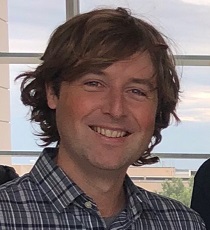
Victor Varner, Ph.D.
Our lab seeks to understand how mechanical forces direct the growth and morphogenesis of developing tissues. We use bioengineered-based approaches to modulate the mechanical stresses in embryonic tissues, and to determine how changes in stiffness regulate cell proliferation and differentiation in developing organs. Dr. Varner is an Assistant Professor of Bioengineering at the University of Texas at Dallas.

Benjamin Weaver, Ph.D.
The Weaver lab is keenly interested in understanding how proteolytic factors such as caspases and E3 ligases work outside of cell death to support homeostasis. Using a cross-disciplinary approach including forward unbiased genetics, precision mutagenesis, biochemistry, proteomics, and transcriptomics, we take phenotypes down to molecular mechanisms to deeply understand non-lethal functions of proteolytic factors in aging, stress responses, and cell fate decisions.
Lab website
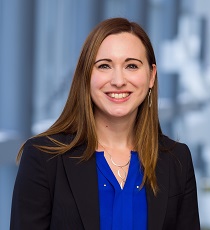
Katherine Wert, Ph.D.
The overall research goal of the Wert laboratory is to discover and understand the genetic mechanisms underlying neuro-retinal disease, and to provide novel therapeutics for these complex degenerative disorders using gene therapy and genome engineering technologies, human stem cell transplantations, and metabolic rescue.
Lab website
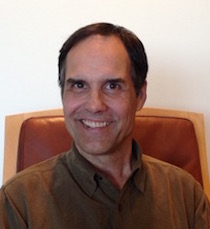
Thomas Wilkie, Ph.D.
The Wilkie lab is working on liver and pancreas regeneration from transplanted stem cells of the hepatopancreatic duct, metabolic stress signaling in stem cells, and early detection and therapeutics for pancreatic ductal adenocarcinoma.
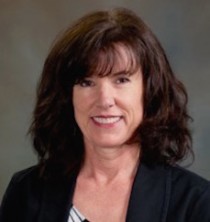
Carol Wise, Ph.D.
The Wise Lab is interested in the mechanisms that regulate musculoskeletal development, remodeling, and repair. We use genomic methods to uncover the mutations that disrupt these processes and cause developmental disorders in children. We are particularly interested in identifying novel therapeutic targets to improve bone quality and regeneration.
Lab website
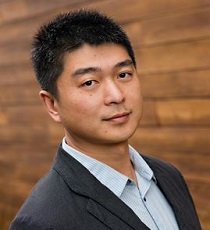
Jun Wu, Ph.D.
Interspecies chimeras are excellent models for studying developmental biology in an evolutionary context, understanding body- and organ-size determination, probing species’ specific behavioral traits, and uncovering molecular basis of species barriers. The Wu lab is interested in applying cutting edge stem cell and genome/epi-genome editing technologies for the generation of interspecies chimeras to gain novel insights in basic biology and develop new translational applications.
Lab website
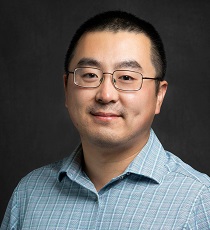
Haiyang Yu, Ph.D.
The aging of the central nervous system is a significant risk factor for Alzheimer’s disease and related dementia. My lab focuses on how phase transitions of nuclear RNA-binding proteins contribute to the aging of the central nervous system. We are also developing molecular glues that can specifically degrade protein aggregates that are essential in the pathogenesis of these age-related diseases, aiming to ameliorate neurodegeneration.
Lab website
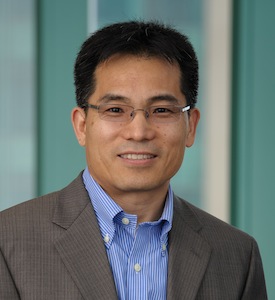
Chun-Li Zhang, Ph.D.
Our laboratory is interested in understanding the genetic and epigenetic regulation of neurogenesis in adult brain and spinal cord. Through modulating and inducing endogenous neurogenesis, we hope to empower the central nervous system to repair itself following post-traumatic injuries or degeneration. A second line of research uses reprogrammed human motor neurons as a therapeutic approach for human neural degenerative diseases.
Lab website
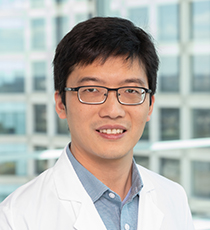
Qing Zhang, Ph.D.
Our lab is interested in studying hypoxia and oxygen sensing signaling in diseases. Specifically, we are employing unbiased genomic and proteomic wide screening approaches on identifying new signaling molecules important in controlling tissue homeostasis and cancer cell stemness involved in oxygen sensing signaling.
Lab website
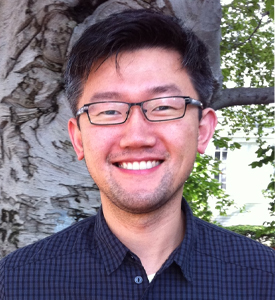
Hao Zhu, M.D.
We aim to define the genetic and cellular machinery that controls regenerative capacity and injury resistance in the liver. With this knowledge, we have developed mouse models that possess enhanced mammalian regeneration in the liver and in other organs. Ultimately, we will ask how such improvements in mammalian regeneration influences cancer formation.
Lab website
